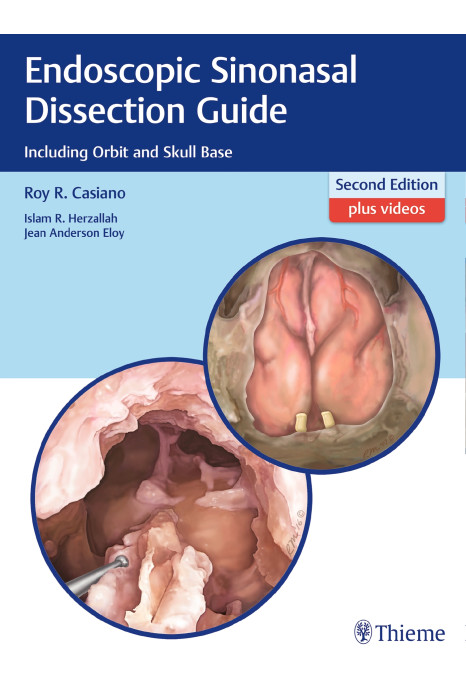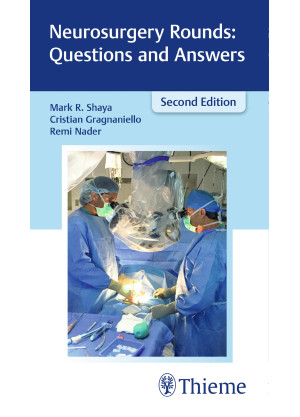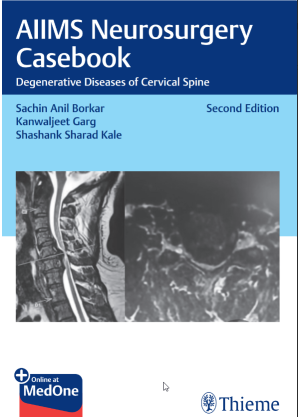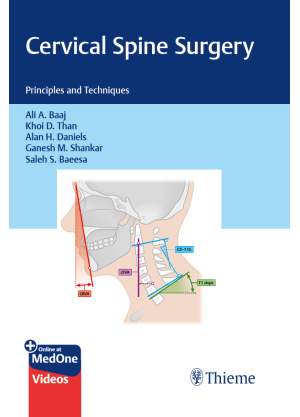Superb multimedia resource provides clinical insights on endoscopic sinonasal dissection techniques
This remarkable manual encompasses the author's 30 years of experience and unique perspectives teaching endoscopic sinonasal surgery to residents and fellows. It also reflects a wealth of surgical pearls from rhinology and endoscopic skull base surgery experts on how to safely navigate through the nose, sinuses, orbit, and skull base.
Following a stepwise approach designed to mirror a resident's progression in the cadaver lab, this user-friendly manual includes the most pertinent information on instrumentation, anteroposterior approaches, and postero-anterior approaches. Starting with the philosophy and history of sinus surgery, the reader is introduced to basic anatomical and surgical concepts - progressing to complete sphenoethmoidectomy and frontal sinusotomy. Subsequent chapters delineate advanced dissection techniques including dacryocystorhinostomy, orbital decompression, anterior skull base resection, infratemporal fossa approach, nasopharyngectomy, and skull base repair techniques utilizing grafts and local/regional flaps. Complementary external approaches to the frontal and maxillary sinuses are also illustrated.
Key Features
- Videos available online.
- Exquisitely detailed full-color diagrams sequentially illustrate the appearance of the surgical cavity before and after resection, reinforcing the stepwise progression.
- Key concepts expertly elucidated through extensive illustrations, endoscopic views, and CT/MRI scans.
- Easy-to-follow anatomical landmarks pinpoint safe surgical sinus entry zones, respective of paranasal sinuses and mucociliary pathways.
- Minimally invasive approaches to restore sinus ventilation and normal nasal functioning, as well as orbital and skull base procedures and approaches described in depth.
This visually-rich manual is ideal for residents in otolaryngology-head and neck surgery, as well as rhinology and endoscopic skull base fellows. It will also benefit otolaryngologists, ophthalmologists, and neurosurgeons who wish to brush up on specific endoscopic dissection techniques relative to their individual practice needs.











